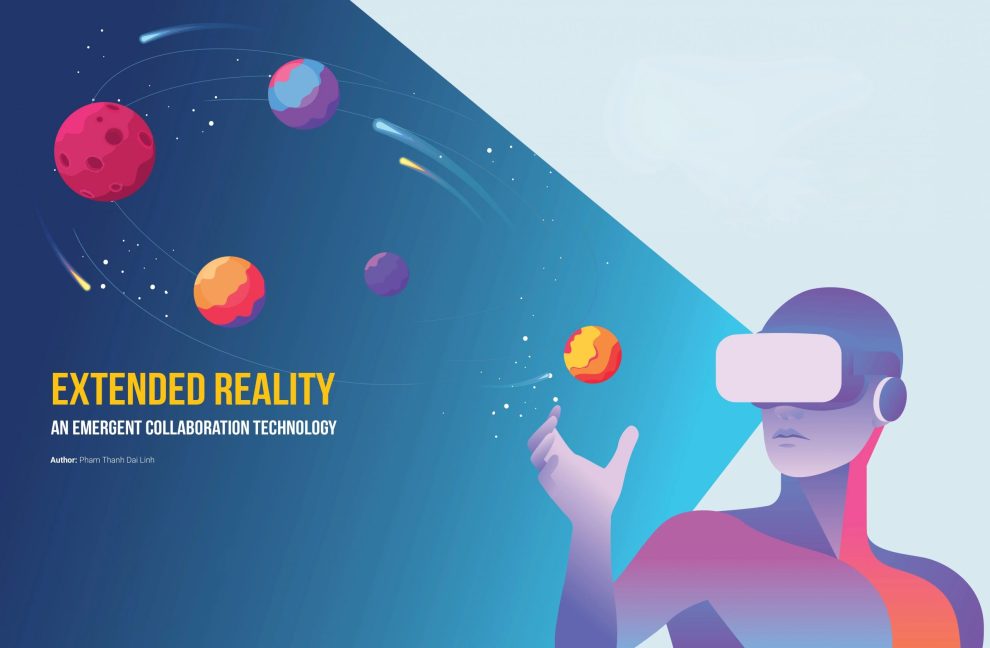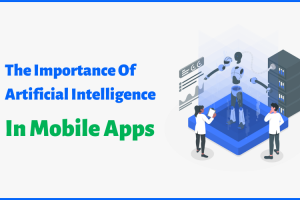You’re using Extended Reality, whether you’re using smart eyewear to obtain directions to the next coffee shop or wearing a headset to mimic a ski jump. XR, as it’s sometimes known, is an umbrella term that encompasses technologies like Augmented Reality (AR), Virtual Reality (VR), and Mixed Reality (MR). They find use in augmenting human senses or in creating fabricated experiences.
While Extended Reality is still in its early stages, it is rapidly expanding. Experts believe sales of XR technology will exceed $200 billion by 2022. A recent Forbes article described several forms of XR technology as having the potential to alter our lives and work drastically. Because of this enormous increase, the realities of our existence in 2030 may be beyond our comprehension.
What is Extended Reality?
XR is a new umbrella word that encompasses all immersive technology. Immersive technology may combine the virtual and “real” worlds or provide an immersive experience, extending our perception of reality. According to a recent survey, more than 60% of respondents predict XR will become mainstream in the next five years. Let’s take a look at each of the current technologies to acquire a better understanding of XR.
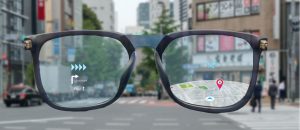
Augmented Reality (AR)
In augmented reality, it projects virtual items and information on the actual environment. With digital elements like photos, text, and animation, this experience enriches the real world. AR glasses, displays, tablets, and smartphones are all options for experiencing the experience. This means users aren’t cut off from the outside world and can still interact and observe what’s going on. The Pokémon GO game, which overlays digital animals over the real environment, and Snapchat filters, which place digital things like hats or spectacles on your head, are two of the most well-known AR instances.
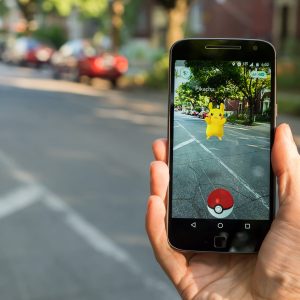
VR Technology :
Virtual reality totally immerses the users in a simulated digital environment, as opposed to AR. Individuals must put on a VR headset or head-mounted display to obtain a 360-degree picture of an artificial world that deceives their brain into believing they are, for example, walking on the moon, diving beneath the sea, or stepping into whatever new universe the VR creators have developed. Naturally, the gaming and entertainment sectors were early adopters of this technology. Still, many industries, including healthcare, construction, engineering, the military, and more, now use this technology.
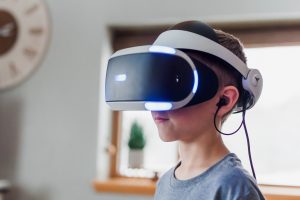
Mixed Reality (MR)
Digital and real-world items coexist in mixed reality, and they can interact in real-time. Mixed reality is the most recent immersive technology. It is also referred to as hybrid reality. It necessitates the use of an MR headset and significantly more computing power than VR or AR. Microsoft’s HoloLens, for example, allows you to place digital items in the area you’re standing in and spin them around or interact with them in any manner you choose. Companies are looking at how they might use MR to solve problems, promote projects, and improve their bottom lines.
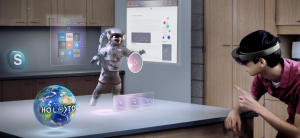
Als0 Read: 5 technologies poised to transform customer experience






